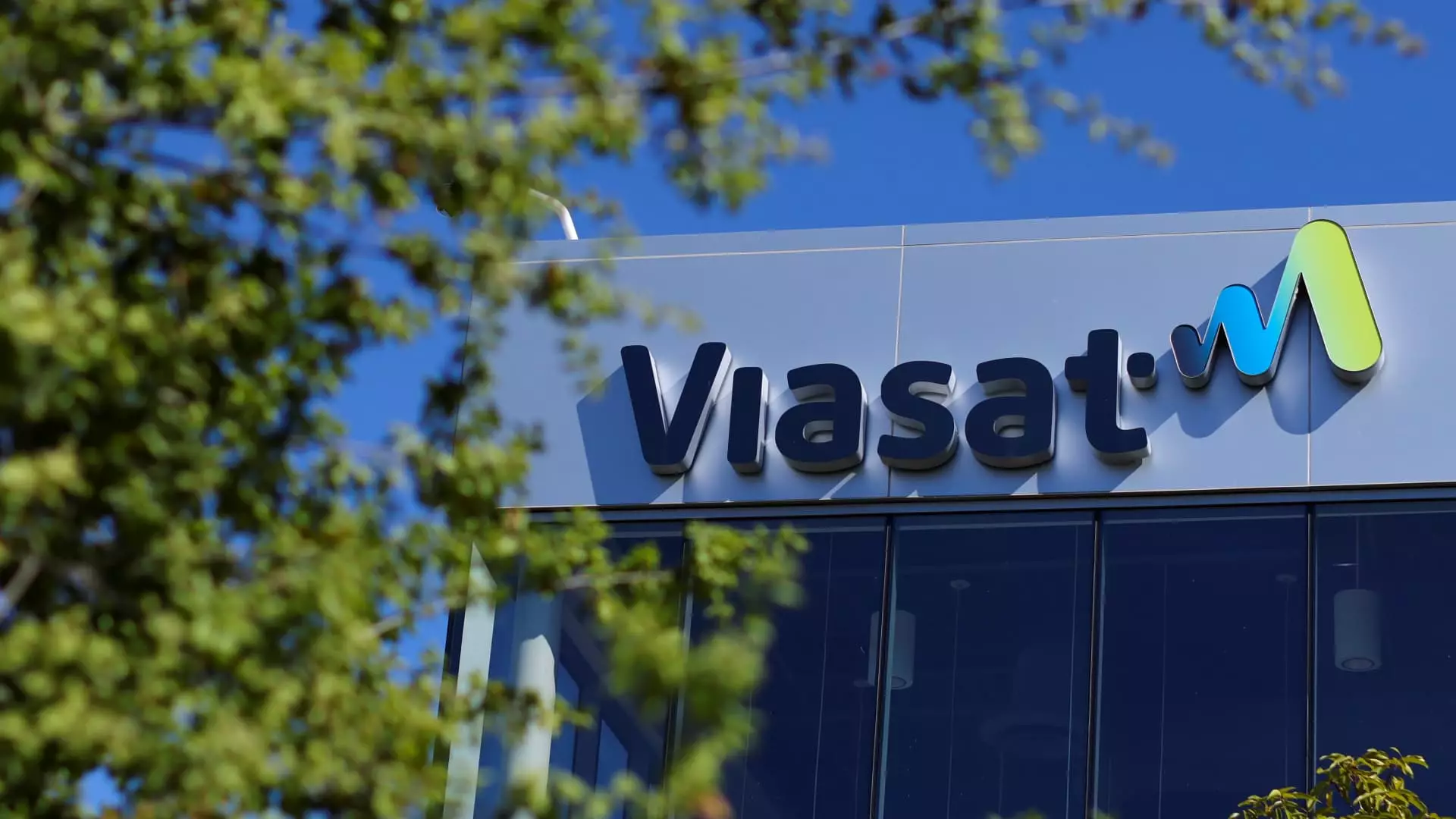Investors were given a surprising jolt this week as Viasat’s stock experienced a remarkable surge, climbing over 13% following a notable upgrade by Deutsche Bank. This rise isn’t just a blip in the market; it signifies broader implications for the competitive dynamics of the satellite communications sector, which is rapidly evolving under the shadow of SpaceX’s Starlink. The analyst, Edison Yu, has put his faith in Viasat by changing its rating from hold to buy. This move suggests a calculated optimism that investors are eager to latch onto, albeit with some caution.
Analyzing the Analyst’s Perspective
From Yu’s analysis, it’s clear that he sees “multiple paths for the company to create equity value,” particularly by decreasing its debt via asset monetization—a strategy that could bear fruit within 12 to 18 months. Such insights are crucial, but they also raise eyebrows. The path to financial recovery in a highly competitive market is fraught with risks. Is relying solely on asset monetization a sound strategy, or a sign of deeper vulnerabilities within Viasat’s operational model? Investors must weigh the potential rewards against the backdrop of a rapidly changing industry landscape.
The Starlink Shadow
While Viasat’s newfound enthusiasm is palpable, Yu’s concerns regarding the sustained pressure from Starlink linger ominously. Elon Musk’s expansive ambitions with Starlink, including recent partnerships with Indian telecommunications giants and new launches in various countries, indicate that competition is not just growing; it is evolving at breakneck speed. Musk’s strategy signals a robust push to solidify his market position, leaving competitors like Viasat to fend for themselves amid aggressive market penetration and pricing pressures. The long-term viability of Viasat’s services is undeniably under threat, adding an uneasy layer for potential investors.
Performance Metrics Can’t Be Ignored
Despite these challenges, Viasat’s stock trends tell an intriguing story. With a year-to-date increase of around 30%, the company has managed to outshine broader market trends, such as the S&P 500, which has undergone a slight decline. This impressive performance over the last month—where Viasat stock advanced over 25%—is notable, but it raises questions about the sustainable drivers of this growth. Is it merely investor sentiment in reaction to a favorable analyst report, or is there a fundamental strength behind these stock movements?
UK Position on Space Competitiveness
As the space race intensifies globally, the implications of Viasat’s stock performance extend into policy and regulatory discussions. In a time when nations are vying for leadership in space technology, the support for companies like Viasat could influence how governments decide to regulate satellite communications. The interplay between public policy and private enterprise could establish a framework that either aids or obstructs growth in companies like Viasat, affecting their market positioning and profit margins.
Investors must remain vigilant and critically assess the evolving landscape. Ultimately, Viasat’s recent welcome momentum raises more questions than it answers, creating a compelling backdrop for investors looking to make strategic bets in the satellite communications domain. The road ahead is paved with both opportunities and pitfalls; navigating this terrain will require astute analysis and a willingness to adapt.

